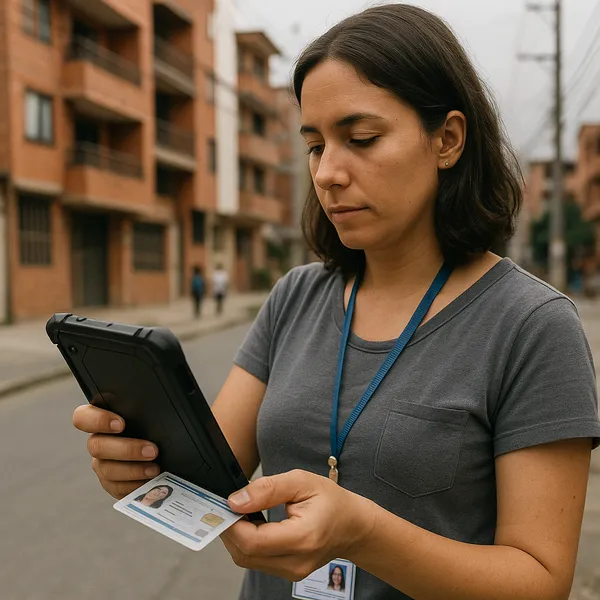Linking Financial Data with Physical Outputs
Published on: Fri Jul 03 2020 by Ivar Strand
Connecting the Dots: Linking Financial Data with Physical Outputs for a Complete Picture
Introduction
In traditional project oversight, financial monitoring and programmatic monitoring often operate in separate, parallel streams. A finance team meticulously verifies that funds were spent in accordance with budgets and procedures. A program team, meanwhile, conducts site visits to confirm that activities were implemented. The critical link between these two functions—the assurance that the money spent produced the intended result—is frequently assumed rather than proven.
This siloed approach creates a significant blind spot. A clean financial audit can exist for a project that has failed to deliver quality outputs, or even for one where the outputs do not exist at all. At Abyrint, we operate on a fundamental principle: true accountability and a genuine assessment of value for money are only possible when these two data streams are systematically and rigorously reconciled.
The Financial Ledger: Documenting the Expenditure
The first data stream is the financial ledger. This is the complete paper trail of a project’s expenditures, comprising the budgets, payment authorizations, supplier invoices, bank statements, and salary records.
The purpose of analyzing this ledger is to answer the question: “Was the money spent correctly and in accordance with established financial procedures?” This process, known as expenditure verification, is essential for ensuring basic financial compliance. It can confirm that a payment was made to the correct supplier for the amount specified in an approved invoice.
However, the financial ledger has a critical limitation. By itself, it can only tell us what was paid for, not what was achieved. It provides no information on the quality, quantity, or even the existence of the goods and services that the payments represent.
The Physical Ledger: Verifying the Output
The second, complementary data stream is the physical ledger. This is the evidence base of the project’s tangible results on the ground, compiled through direct, independent observation. Its components include:
- Site visit reports with time-stamped photographs.
- Engineering assessments of infrastructure quality.
- Physical counts of delivered goods (e.g., textbooks, medical supplies).
- Confirmation of events (e.g., training sessions) through participant interviews.
The purpose of this ledger is to answer the question: “Was the planned good, service, or work delivered as specified?” It provides ground-truth evidence of project progress. On its own, however, it cannot confirm if the project is on budget or if the payments made for the work were legitimate and free from corruption.
The Reconciliation: A Methodology for Connecting the Dots
The value is unlocked when we systematically reconcile these two ledgers. The core principle of this integrated monitoring is that a significant financial transaction is not considered fully verified until its corresponding physical output has also been independently verified.
Consider this practical example from a school construction project:
- Financial Transaction: We review a payment of 1,000,000 USD made to “ABC Construction” for the completion of “Milestone 2: Roofing and Windows.” The financial paper trail—the invoice from ABC, the approved payment authorization, and the bank transfer—is complete and correct. A purely financial review would approve this transaction.
- Physical Verification: A monitor conducts a site visit to inspect the work. They confirm that a roof and windows have been installed. However, they observe that the roofing materials are of a cheaper, lower-grade specification than required by the contract, and the window frames are improperly sealed.
- The Integrated Finding: The reconciliation process connects these two data points. The resulting finding is not simply “payment was made” or “roof was installed.” The integrated finding is: “Full payment was made for a milestone that was not completed to the required quality standard.” This provides the donor with a far more powerful and actionable insight, identifying a clear value-for-money issue and a breach of contract.
This process is repeated for all major cost categories, creating a matrix that links every significant expenditure to a verified output.
From Accountability to Assurance
Reconciling the financial and physical ledgers systematically elevates monitoring from a compliance-checking exercise to a genuine assurance process. Standard accountability asks, “Was the process followed correctly?” Fiduciary assurance, enabled by this linkage, asks the more important question: “Did we receive the value we paid for?”
This integrated approach provides a complete, defensible picture of performance. It is one of the most effective methods for detecting sophisticated fraud, managing contractor performance, and ensuring that development funds translate into real, high-quality results for the communities they are meant to serve.



